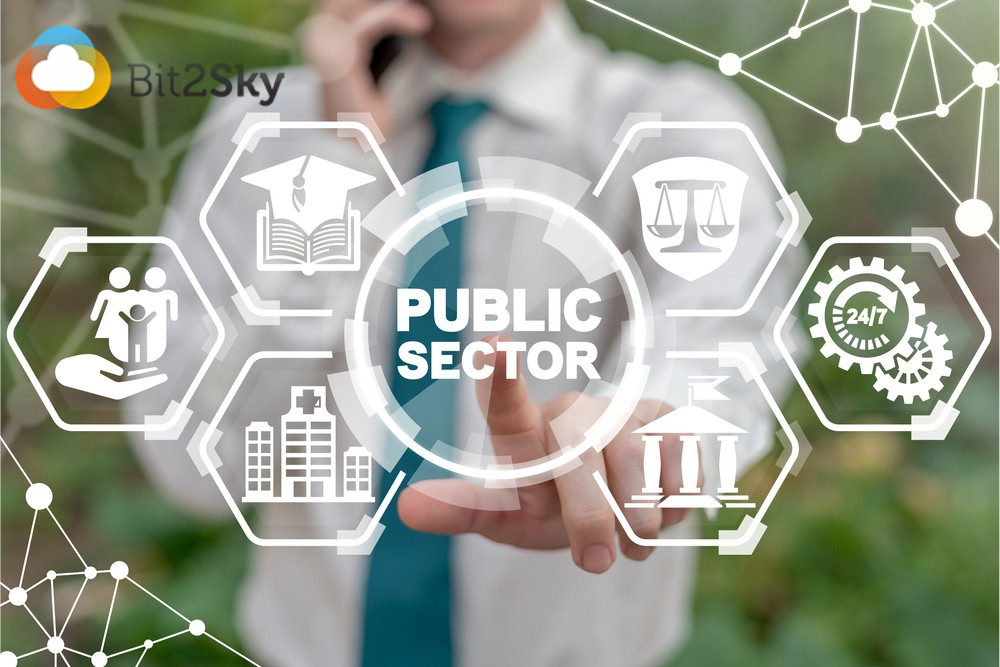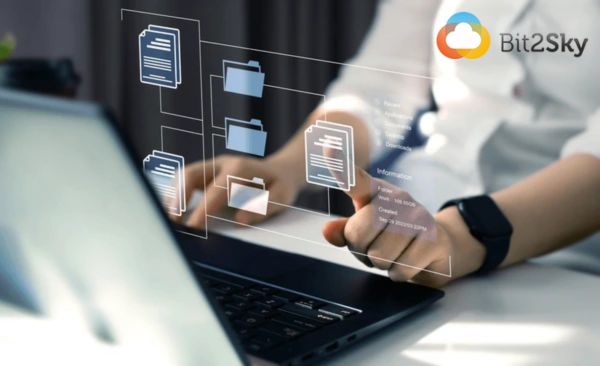Governments are changing
for the better in the current environment due to the introduction of new
technologies. Emerging technological advancements such as robotics process
automation, the cloud, big data, and the Internet
of Things are improving the effectiveness of service delivery in the public
sector. This paper discusses the transformation model, focusing on how these
technologies improve the quality of public services, efficiency, transparency,
and participation.
The Rise of
Artificial Intelligence
AI integration is quickly becoming the backbone of
innovation in the public sector. Governments have started using AI to optimize
the processes, enhance decision-making, and provide better service. For
example, governments are integrating AI within chatbots that answer the
questions of the citizens at a rapid pace, thus allowing human workers to cope
with the more complex issues. In addition to that, AI-based predictive
analytics can motivate government institutions to meet citizen’s
expectations, manage their resources efficiently, and safeguard the public by
being proactive.
Case Study:
Predictive Policing
Predictive policing is a prominent use of AI in public services, where algorithms
examine crime data to find trends and anticipate possible criminal conduct. As
a result, law enforcement organizations are able to use community policing
techniques that foster public confidence and distribute resources more
effectively.
Cloud Computing: A
Game Changer for Efficiency
Cloud computing is one of the new technologies that is
changing the dynamics of service delivery in the public sector. Adoption of cloud-based systems by government departments improves
collaboration, reduces operating expenses, and enhances data security. Such
solutions make it possible for public sector organizations to collect and distribute
information instantly, which is very important for coordinated action during
crises or disasters.
The advantages of
cloud computing
Scalability: In order to make sure they only pay for
what they need, government organizations can simply scale their IT resources up
or down in response to demand.
Disaster Recovery: Cloud solutions offer strong choices for
disaster recovery, making sure that vital services continue to function even in
the event of unforeseen interruptions.
Cost savings: Cloud computing helps public sector firms
save money that may be put toward vital services by lowering the requirement
for on-premises infrastructure.
Big Data Analytics:
Transforming Decision-Making
The
capacity to scrutinize voluminous data is changing the landscape of public
service delivery. Big data analytics enables government institutions
to derive useful information based on how citizens engage, use services, and
their population statistics. This allows policy-making using facts and helps
governments adjust the services offered to the peculiarities of every society.
Enhancing Public Health Services
Big
data analytics is proven to be quite useful in the field of public health.
Governments can better manage resources, spot health trends, and monitor disease
outbreaks by evaluating health data from a variety of sources, such as clinics,
hospitals, and wearable technology. For example, numerous governments used data
analytics to track infection rates and allocate resources where they
were most needed during the COVID-19 pandemic.
The Internet of Things (IoT): Connecting Citizens and
Services
The
Internet of Things (IoT) is often described as a technology that transforms
services for the public. With the aim of service improvement, real-time
information can be acquired through the internet by enabling ordinary items.
Moreover, for example, smart traffic can light up depending on the traffic
status, reducing traffic jams and pollution.
Smart City Initiatives
The
major cities are developing smart cities based on IoT technology. The smart
city concept usually incorporates smart waste management systems, which reduce
the number of low-efficiency operations by optimizing collection routes using
sensors, energy resource management via smart grids, and communicating
structures for threat response.
Cybersecurity: Protecting Public Trust
Cybersecurity
has become a major problem as new technologies are incorporated into public services.
Governments using these technologies must protect citizen data and uphold
public confidence. Secure data must be protected from cyberattacks by putting
strong cybersecurity measures in place, such as encryption, multi-factor
authentication, and ongoing monitoring.
Citizen Engagement and E-Government Services
Likewise, new innovations significantly aid in
improving the level of involvement of the citizens. In this way, citizens are
able to access information about the government without any challenge, interact
with various agencies online, and thus promote the process of democracy.
E-democracy’s promise of transparency is realized through enabling citizens to
see how their governments work, how decisions are made, and what information is
in the government’s databases, thus increasing confidence.
Mobile Applications
The use of mobile apps as a tool for enhancing citizen
engagement is rapidly increasing. They allow authorities to offer users
app-based information services about the specific type of service, app-based
complaint filling, and collection of users’ opinions. Countries can utilize
technology to reach out and communicate with the people and hence practice
practical governance where services rendered are tailored to the views of the
people availed.
Conclusion
The future of public services is definitely being
shaped by the incorporation of emerging technology. These innovations, which
range from big data analytics and IoT to AI and cloud computing, are improving
citizen involvement, efficiency, and transparency. Governments must address
cybersecurity and retain public confidence as they continue to embrace digital
change. Organizations like Bit2Sky, which are dedicated to utilizing
state-of-the-art technology, are laying the groundwork for a more inventive and
adaptable public sector that will be
better prepared to tackle future issues.



.jpg)

